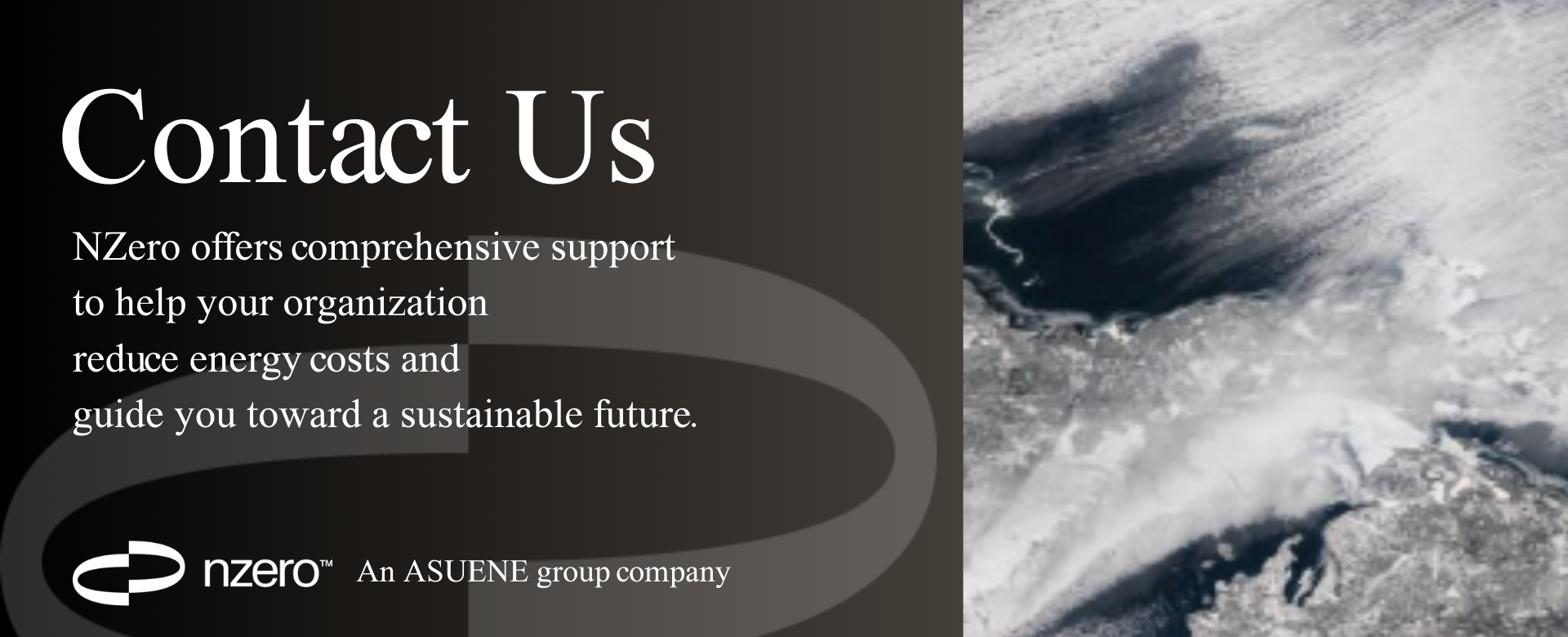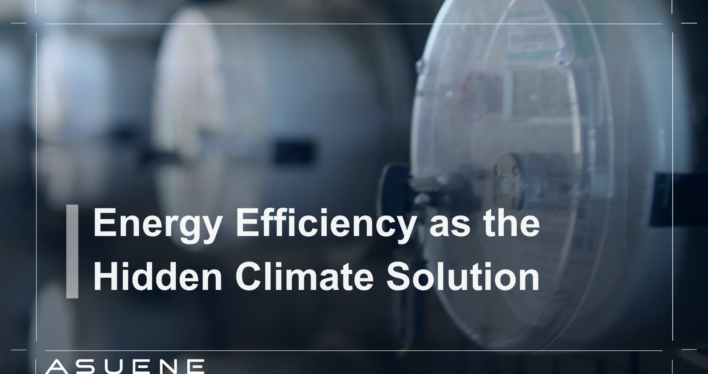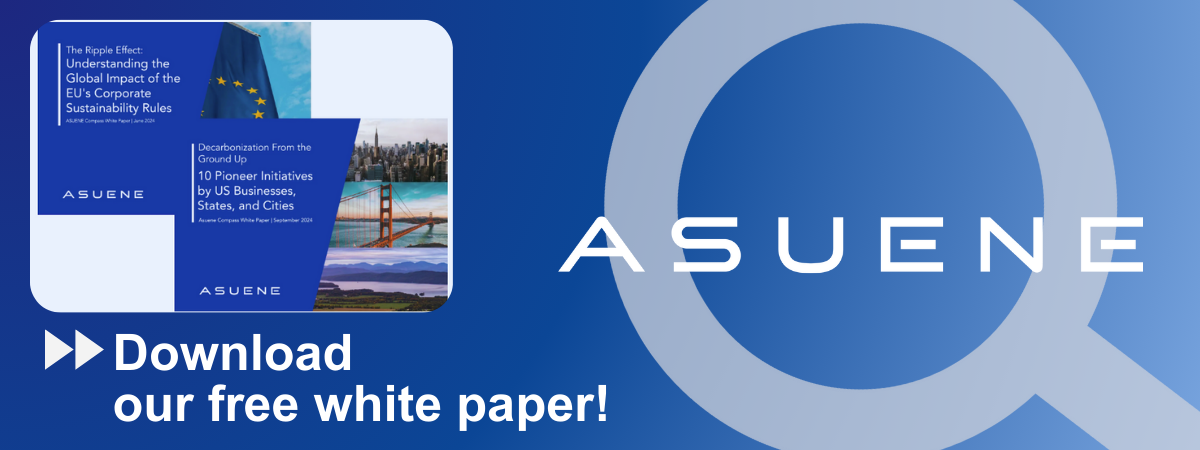- Article Summary
-
Introduction: Why Efficiency Still Matters
Energy efficiency has long been described by the International Energy Agency (IEA) as the “first fuel” for decarbonization. Yet, despite its proven impact, it often receives less attention than renewables or offsets. Globally, efficiency improvements could deliver up to 40 percent of the emission reductions needed by 2030. For businesses, efficiency represents both an environmental and economic win, offering measurable carbon savings alongside immediate operational cost reductions.
Companies are rediscovering the strategic value of efficiency as they confront high energy costs and tightening disclosure requirements. With digital tools and better energy data, efficiency is no longer a one-off project but a continuous process that can be tracked, verified, and reported. As the IEA notes, “Efficiency could deliver one-third of total emissions cuts by 2030.”
Efficiency Potential: The Cheapest Way to Cut Emissions
Energy efficiency remains the most affordable pathway to decarbonization. Unlike renewable energy projects or carbon offsets, efficiency measures often pay for themselves in a few years through reduced energy costs. According to the IEA, global energy intensity improvements could save industries billions annually while cutting emissions at the lowest cost per ton of CO₂e.
However, many companies still overlook these opportunities due to fragmented data or limited visibility across facilities. Addressing these gaps requires automated utility data collection, smart monitoring, and AI-driven insights that can estimate missing data and identify the best opportunities for energy savings. This complete picture enables companies to prioritize investments that deliver the fastest return and most significant carbon reductions.
Corporate Levers: Where Efficiency Delivers Fast Gains
For most companies, efficiency potential lies in everyday operations. Common areas of impact include:
- HVAC upgrades and smart controls that reduce heating and cooling energy by up to 30 percent.
- Efficient motors and variable frequency drives (VFDs) that improve manufacturing performance.
- Lighting retrofits and automation systems that minimize unnecessary load.
- Data center optimization through intelligent cooling and server utilization.
Each of these actions yields tangible cost savings and measurable carbon reduction. ASUENE helps companies track these improvements across multiple sites and facilities, translating operational data into ESG metrics suitable for disclosure. The chart below can illustrate the estimated CO₂ reduction potential by efficiency lever, highlighting where corporates can focus for quick wins.
Real-Time Intelligence: From Monitoring to Management
Digital monitoring is redefining how businesses approach efficiency. Real-time tools enable continuous improvement instead of one-time audits. Automated data systems capture electricity, natural gas, and water use, while analytics platforms translate that information into actionable insights aligned with disclosure frameworks such as CDP and California’s SB 253.
With more accurate and timely data, companies can move from passive reporting to active management. An office building, for example, can detect peak-hour energy spikes and adjust systems automatically to avoid unnecessary load. In manufacturing, continuous visibility helps pinpoint underperforming equipment before it drives up both energy and emissions. This shift from reactive to proactive management makes efficiency part of daily operations rather than a compliance exercise.

Financing and Disclosure: Making Efficiency Count
Investing in energy efficiency is no longer only a sustainability goal; it is also a financial strategy. Models such as Energy Service Companies (ESCOs), shared savings contracts, and green loans are making projects more accessible. Verified, real-time data strengthens these financing cases by providing transparent evidence of performance improvements.
Efficiency also enhances ESG reporting credibility. Frameworks like TCFD, CDP, and CSRD now emphasize the disclosure of Scope 1 and 2 reductions. ASUENE supports companies in compiling verified data, managing third-party assurance, and integrating efficiency results into broader decarbonization disclosures. By embedding efficiency results into financial and sustainability reporting, companies can link operational improvements directly to strategic performance.
Conclusion: The Fastest Route to Measurable Impact
Energy efficiency remains the most immediate and cost-effective solution to corporate decarbonization. Supported by real-time data and smart analytics tools, organizations can move beyond annual reporting to continuous carbon reduction. Efficiency reduces costs, improves competitiveness, and builds resilience against future energy risks. Platforms like NZero help companies unify energy data, fill in missing information, and ensure that every kilowatt saved is fully captured in ESG disclosures. As businesses seek meaningful progress on climate targets, the hidden climate solution is already within reach.
Why Work with ASUENE Inc.?
ASUENE is a key player in carbon accounting, offering a comprehensive platform that measures, reduces, and reports emissions. The company serves over 10,000 clients worldwide with an all-in-one solution that integrates GHG accounting, ESG supply chain management, a Carbon Credit exchange platform, and third-party verification.
Through its energy management system NZero, ASUENE provides SMEs with the practical tools to make the most of EU funding for energy efficiency. NZero combines advanced technology, consulting services, and an extensive partner network to help companies achieve their net-zero goals. By choosing ASUENE, SMEs gain not only access to reliable carbon accounting but also a powerful EMS platform designed to unlock energy savings and long-term sustainability success.


